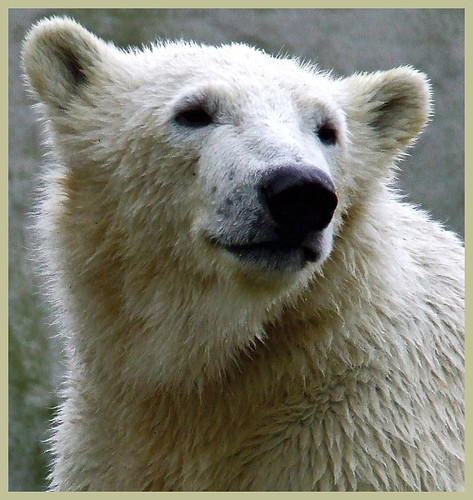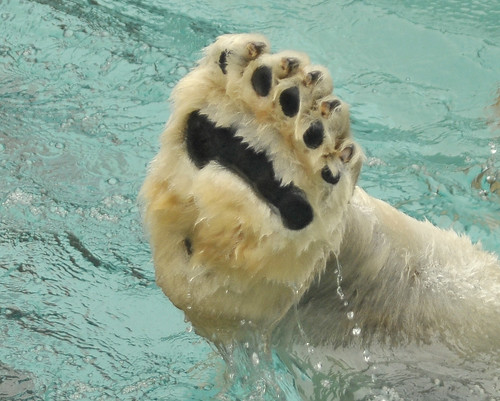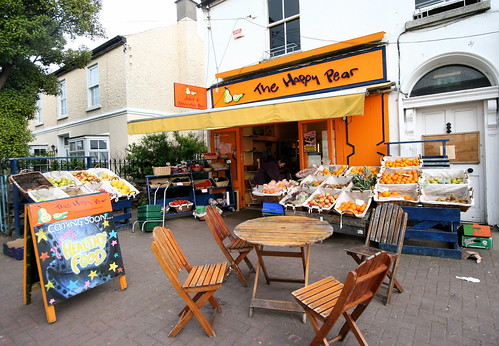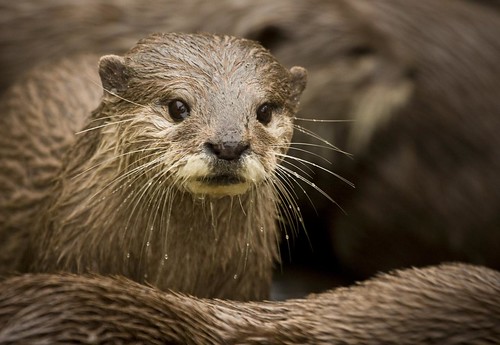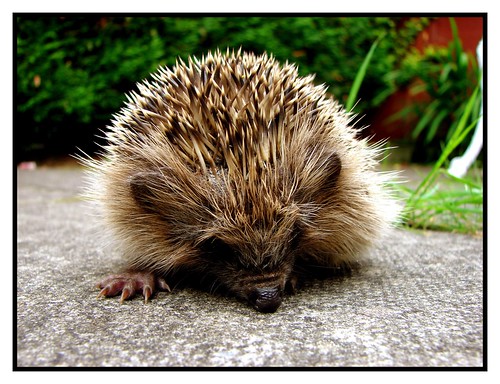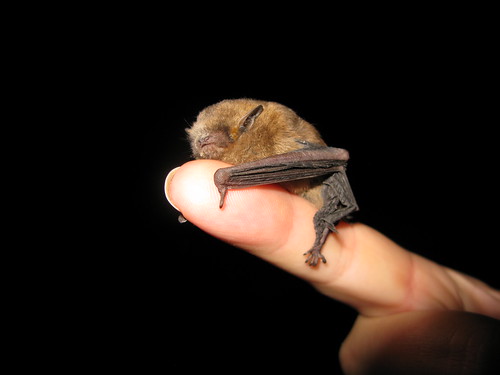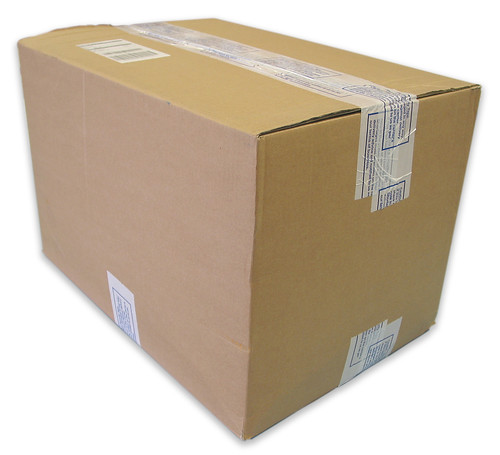We are always very interested to hear about the success of our past pupils. Earlier in the year we told you about a student who is having great success musically. We called that post ‘Mighty Oaks from Little Acorns grow’ . We could call this one ‘Monterey Pines from Tiny Pine Seeds grow’ as it is about the success Emily H had when she grew Monterey Pine Trees from seeds and made a real contribution to our local community. But let Emily tell you about her project in her own words.
Growing Monterey Pine Trees From Seed
INTRODUCTION
My project is to show how I grew Monterey pines from seed.
I did this project because I have always had an interest
in growing things from a very young age.
It was helped along when my Granddad
contacted the former Mayor George Jones
to see if he would be interested in having
some of the trees I had already planted
and succeeded in growing for the Greystones community.

Mr Jones agreed and now as you can see from press cuttings
there is one of my trees in Burnaby Park
opposite the train station

and also they took some of my trees
and planted them along Shoreline car park.

I am very proud of these trees and so I thought that
I could grow some more for my science project for school
METHOD
Gather pine cones and place them in the full sun to dry them out.
Once dried they will open up for easier retrieval of the seeds.

Place the cones on a paper towel
and roll them gently until the seeds fall out.

Place the seeds in a container
with room temperature of water.
The ones that sink will be the best growers.
Plant the seed in pots, pointed end down and cover with soil.
Keep watering and when the seeds fall off
they can be transplanted to a larger container.
I will be keeping a diary following the progress of the trees.
Day 1
Date : 12.6.13
I planted the seeds in the compost pointed side down and watered them.
Day 2
Date : 13.6.13
Still no progress will be back in 2 weeks.
Day 11
Date : 25.6.13
We have our first Monterey shoot. The seed is still on the top.

Day 12
Date : 26.6.13
We have our second seed shoot. Also seed on top.
First seedling has now lost its seed.

Day 19
Date: 3.7.13
We now have 13 Monterey pine tree shoots.

Day 25
Date: 9.7.13
We have 17 Monterey Pine tree shoots.
Day 35
Date: 19.7.13

The trees are growing fast.
Day 45
Date: 29.7.13
Still progressing well.
Day 55
Date: 8.8.13
Strong and healthy trees growing fast.

Day 65
Date: 18.8.13
Progressing well.
Day 75
Date: 28.8.13
Nearing end of project the trees are strong and healthy.

About Monterey Pines
The Monterey pine, also known as the Radiata pine is a species of pine native to the coast of California. It’s the most widely planted pine in the world, valued for rapid growth and desirable lumber and pulp qualities.
Its native to 3 very limited areas located in Santa Cruz, Monterey peninsula, and San Luis Obispo counties. In Australia, New Zealand and Spain it is the leading introduced tree and in Argentina, Chile, Uruguay, Kenya and South Africa it is a major plantation species.
Monterey pine has a very small natural range on the central Californian coast, south of San Fransico and on Guadalupe and Cerdros islands off the coast of Baja California in Mexico.
Monterey pine grows best on deep, rich, dry soils or on infertile sandy soil types. It has also shown promise on old red sandstone soil in Munster. It will not do well on wet, shallow ground. It grows vigorously and is known to have a longer growing season than other conifers. In Ireland, Monterey’s commonly suffers from the ”yellows”, a disease sometimes associated with the fungus cyclaneusma minus which results in the yellowing and loss of all the previous years’ needles.

Photo Credit: Wendy Cutler via Compfight
CONCLUSION
I found this project very satisfying because I enjoy growing and the output of this project will have a long term effect on the environment.
They help the environment by a number of factors:
1. Trees reduce Carbon Dioxide – the same way humans breathe oxygen and exhale Carbon Dioxide, trees breathe in Carbon Dioxide and exhale Oxygen. This Carbon Dioxide becomes sugars that can be eaten, burnt for fuel or enjoyed in its leafy form.
2. Trees reduce ozone levels – In large cities a reduction in ozone can mean milder temperatures and more breathable air.
3. Trees reduce erosion by their roots keeping soil from washing away but also they absorb and store water.
4. Trees provide an ecosystem for animals and insects by providing a home and food for them.
Every tree is a potential life-saver to certain species

![]() Photo Credit: Valerie via Compfight
Photo Credit: Valerie via Compfight

















